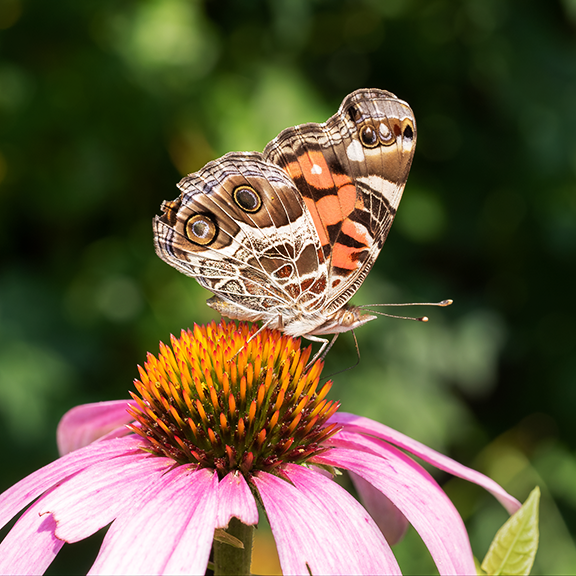There was a conversation about lupine seed collection in the comment section of a post a little while back, and now that my lupine is going to seed I thought I’d follow up on what that looks like.
From left to right, we have immature seed pods (still green, still developing), maturing seed pods (brown, with black seeds inside), pods just about to pop (you can see them starting to split open with the round black seeds poking through), old pods most of which have popped open and dispelled their seeds, and finally a branch with all four stages present (generally seed pods develop from the bottom up, however this can be affected by variables like sun exposure).
The seed pods are apparently heat-activated; we’ve been getting a major heat wave here in the Pacific Northwest and the pods have been exploding open like crazy during midday when the sun hits them and the ambient temperature is at its peak. The seeds are propelled out when the pods burst open, and I’ve witnessed them fly well over ten feet.
If you want to harvest lupine seeds, the key is to grab them when they’re mature but not yet expelled; you can do this by harvesting the pods by hand as they mature, but usually I prune the branches off the lupine once the pods on the branch start opening and put the entire branch in a bucket to break open at their leisure. While this pruning is generally unnecessary if you’re not interested in seed saving, it does prevent thousands of volunteer lupine from popping up all over the garden (it’s nearly impossible to keep all the seeds from spreading so I usually get a few dozen every fall and spring, but it’s super easy to remove any that aren’t wanted). One year I pruned the spent flowers before seeds could develop, and while that did produce a small second round of blooming I think it overly stressed the plant. Many lupine species are fairly short-lived perennials (with a few annuals sprinkled in), so it may be worth stressing them for more blooms if it’s likely to die soon after anyway.
Some general disclaimers about lupine: due to their prolific seed generation and speedy life cycles, lupine are highly invasive outside their native range. There are also many species of lupine out there, so before planting make sure to source species from your area! There are some more “domesticated” ornamental species out there, but I’d really recommend sourcing a native variety if you can. They are really wonderful plants that require little care once established, have unique and showy foliage, and native bumblebees absolutely adore their gorgeous flowers.
I hope this was informative!


Our native lupine is the Texas bluebonnet, and I’ve been propagating some from seed over several generations now. Like most pod-producing plants, you can tell when the seeds are fully ready when they rattle around in the pod when you shake it. Ours are one of the first blooms of the year, really hitting in mid-March or so, and are done blooming by mid to late April. I pulled up all the dead plants a while ago after I harvested and spread the seeds for next year. Kind of jealous yours are just now going to seed
Bluebonnets are so magnificent!
Our bloom season is May-June. I kind of wish our lupine bloomed sooner, as there aren’t a lot of flowers for the pollinators in March-April, mostly just dandelions. I’ve read fruit tree blossoms are supposed to be a primary food source for bees in early spring, but I saw bees out and about earlier than the blossoms opened this year. Plus fruit trees aren’t exactly native or wild plants, so I’m unclear as to what the native pollinators ate in early spring prior to human agriculture and the introduction of non-native species!
There are a ton of early flowering native trees. Mexican plum, Mexican buckeye, Eastern redbud, Texas persimmon, and Texas mountain laurel are some that bloom in Feb-Mar in my area. We also have a bunch of salvias that take off in bloom really early. I bet you have a lot more native early flowering plants around you than you think!